Traveling to Iran During Ramadan: Cultural Insights and Tips
Generally speaking, Ramadan as you may think is not an obstacle for tourists who visit Iran. However, if you plan traveling to Iran During Ramadan, it’s crucial to be aware of local customs and traditions to ensure a respectful and enjoyable trip.
While some businesses and restaurants may adjust their hours during Ramadan, the streets and bazaars remain lively with the aroma of traditional Ramadan food filling the air. This creates a vibrant and bustling atmosphere that is unique to this time of year. Visitors can explore the colorful markets, indulge in traditional sweets and desserts, and partake in communal Iftar meals after sunset. It’s a great opportunity to experience the strong sense of community and generosity that is prevalent during the month of Ramadan.
For a trip to Iran, you need to apply for a prompt Iran Visa.
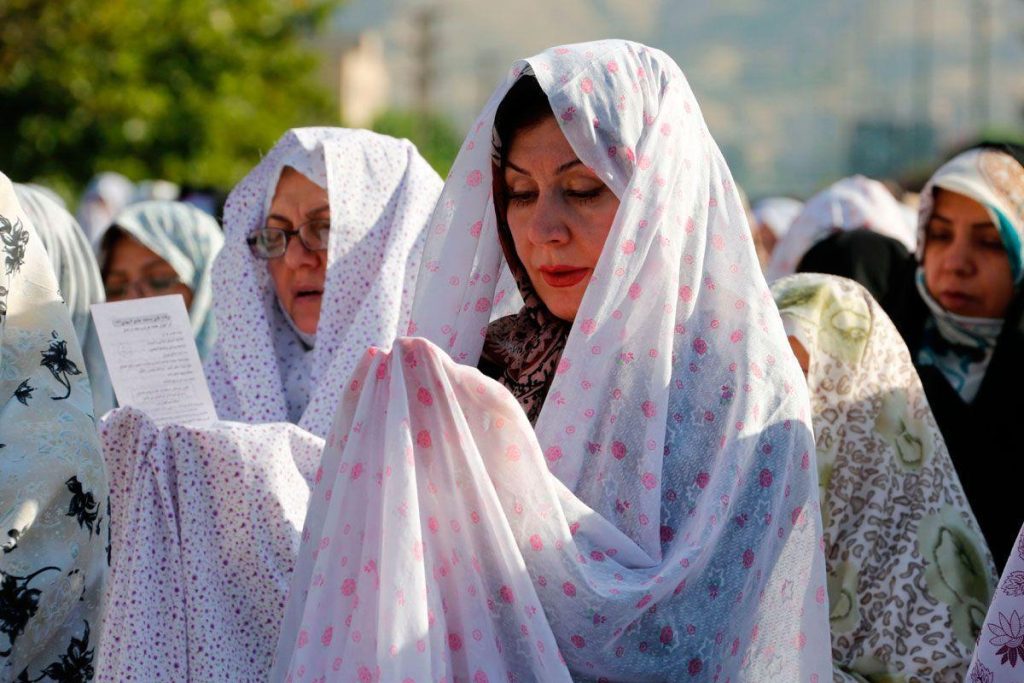
How do Iran cities look during Ramadan?
To begin with, it’s important to note that Iranians are not Arabs and most of the Iranians are not strict Muslims, so you may face people who eat behind the curtains. However, it depends on which city you want to pay a visit. The majority of people in religious cities such as Mashhad and Qom and the smaller cities observe the fast during Ramadan, but the situation is different in cities like Tehran, the capital, Shiraz or Isfahan. In the years that Ramadan coincided with hot seasons, it’s difficult to resist drinking water and eating food during the long summer days, so the number of people who observe the fast decreases.
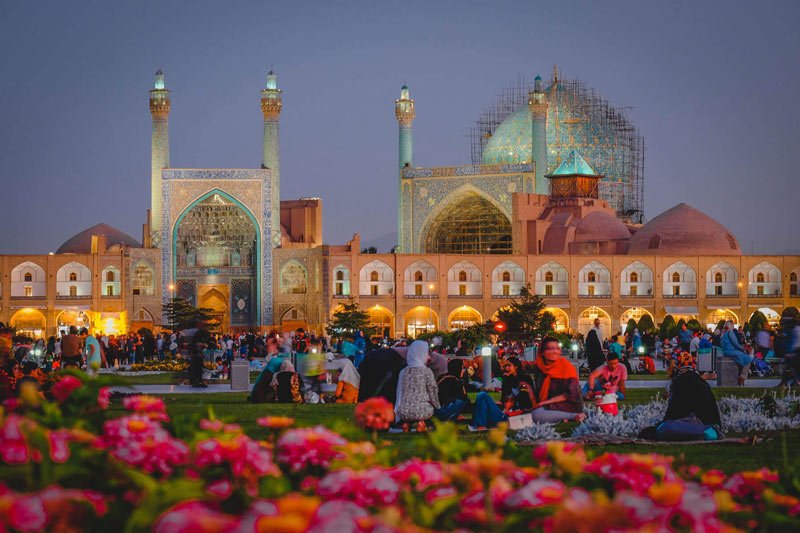
Does Ramadan affect my tourist visits?
Ramadan is traditionally not a peak time for travel among Iranians. As a result, during this period, roads are less congested, hotels are not as crowded, and attractions are less busy. This can provide a unique opportunity for tourists to experience Iran in a more leisurely and relaxed manner. With fewer crowds, visitors can enjoy a more immersive and authentic experience of Iranian culture and traditions.
Moreover, the reduced tourist traffic during Ramadan can also make for a more efficient and enjoyable sightseeing experience. With fewer people at popular attractions and landmarks such as Persepolis, visitors can avoid long lines and wait times, and have more time to fully explore and appreciate the sites.
Traveling to Iran during Ramadan can also provide unique cultural experiences, such as participating in the nightly Iftar meals and witnessing the strong sense of community and generosity that is prevalent during the month. These experiences can provide a deeper understanding and appreciation of Iranian culture and traditions.
Read also: Nowruz Persian New Year, All to Know
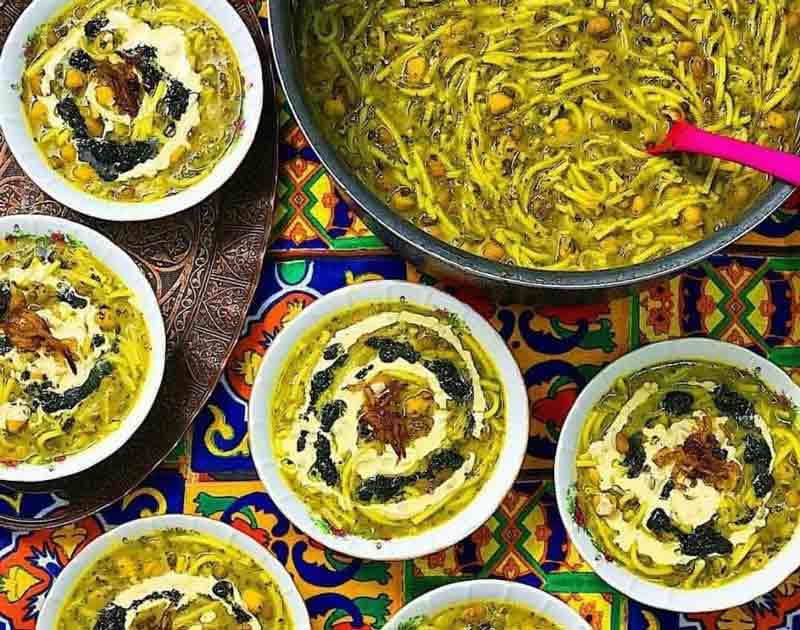
May I face a problem finding food as a tourist?
During Ramadan, the city has a different atmosphere compared to other months owing to the fasting observances and rules, however, in accordance with Islamic religious rules, travelers are exempt from the Ramadan fast, enabling them to eat and drink while on the roads. Travelers need not worry about finding food as most hotels and restaurants still serve meals during the day, albeit with more discretion and limited menus during Ramadan. Some eateries may seem closed from the outside, but they may still be open and serve customers inside. In the evenings, after sunset, many restaurants and food establishments will be open, and people gather for meals.
Not only you will not face problems finding things for eating but also Ramadan is a great opportunity for free dining. During Ramadan, charitable giving increases, and people donate food and money to those in need. Another cultural practice during Ramadan is the distribution of food and drinks known as “Nazri”. These tables are often set up in mosques and serve food to passers-by. This sense of community and generosity is an integral part of Ramadan in Iran.
Read also: Dress code in Iran: Unveil or not?
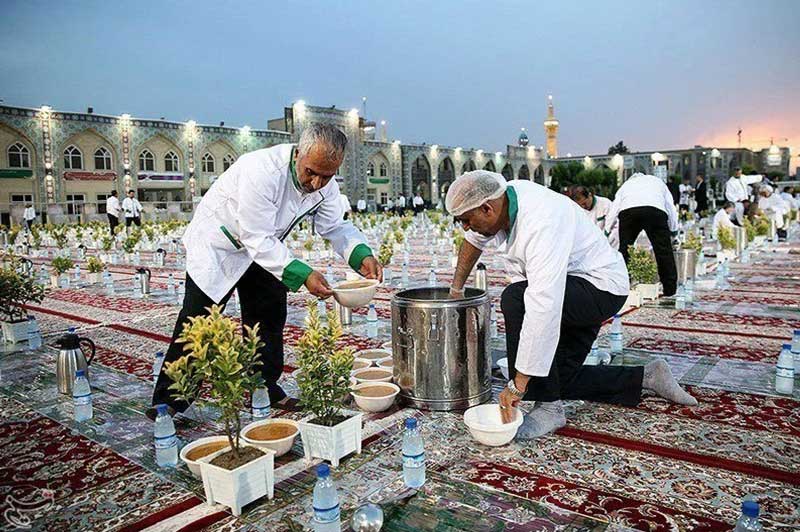
Ramadan Sweets & Desserts in Iran
During Ramadan, many traditional sweets and desserts take center stage, providing a delicious and indulgent way to break the fast. Many people break their fast with dates and water and then enjoy a meal. Here are some of the most popular Ramadan sweets and desserts to taste in Iran:
Zoolbia and Bamieh: These two sweets are deep-fried dough, usually in a spiral or pretzel shape, dipped in sugar syrup. They are crunchy on the outside and syrupy on the inside, making for a deliciously sweet treat.
Sholeh Zard: This saffron-infused rice pudding is a popular dessert in Iran, especially during Ramadan. It’s typically made with rice, sugar, saffron, and rosewater, and topped with cinnamon and chopped pistachios.
Sheer Berenj: This is a creamy and sweet rice pudding that is flavored with saffron, cardamom, and rosewater. It’s a popular dessert in Iran and is often served during special occasions, including Ramadan.
Halva: Halva is a sweet and dense confection made from sesame paste, and sugar, and sometimes flavored with rosewater or saffron. It’s a popular dessert in Iran and is often served with tea or coffee.
These are just a few examples of the many delicious sweets and desserts that are popular during Ramadan in Iran. Visitors to Iran during this month should not miss the opportunity to try these traditional treats and experience the rich culinary traditions of this beautiful country. Take part in our Family Dinner tour to taste these Persian desserts.
Read also: Is it safe to travel to Iran? An Ultimate Guide
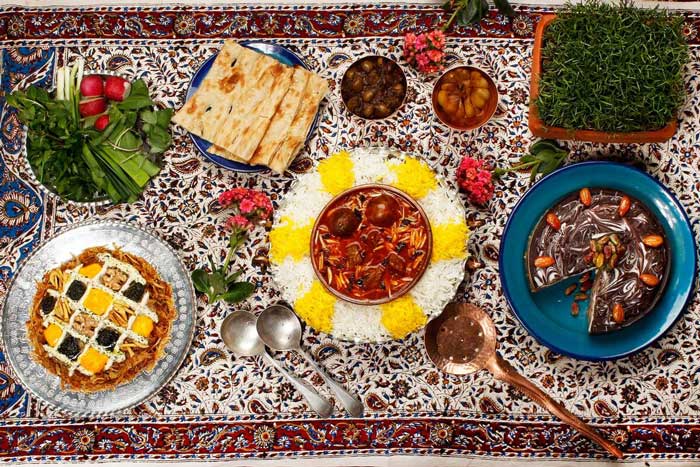
Travel Tips for Visiting Iran During Ramadan
If you’re planning traveling to Iran during Ramadan, here are some travel tips to keep in mind:
- Plan Your Itinerary: tourist sites may adjust their hours, it’s important to plan your itinerary accordingly and be prepared for changes in operating hours. Check and select an Iran tour for your next trip.
- Dress Conservatively: it’s important to dress modestly, it is especially important if you plan on visiting religious sites or attending evening prayer gatherings.
- Public Eating and Drinking: as a rule in the country, non-fasting travelers should avoid eating or drinking in public during day hours to respect those who are fasting.
- Respect Local Customs and Traditions: by being respectful and understanding of local customs, tourists can have a meaningful and enjoyable experience during Ramadan in Iran.
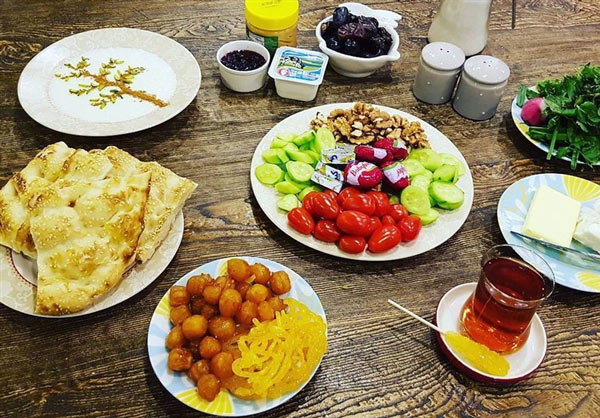
Last Word
Traveling to Iran during Ramadan can be a unique and rewarding experience, but it’s important to be respectful of local customs and traditions. By dressing conservatively, avoiding public eating and drinking during the day, attending cultural events, and respecting local customs, travelers can have a meaningful and enjoyable experience while also showing respect for the local culture and traditions. By understanding the significance of Ramadan in Iran and being mindful of local customs, visitors can have a memorable and respectful trip to this vibrant country.
Let us know your experiences on a trip to Iran during Ramadan or any questions you may have in the below comment box 🙂


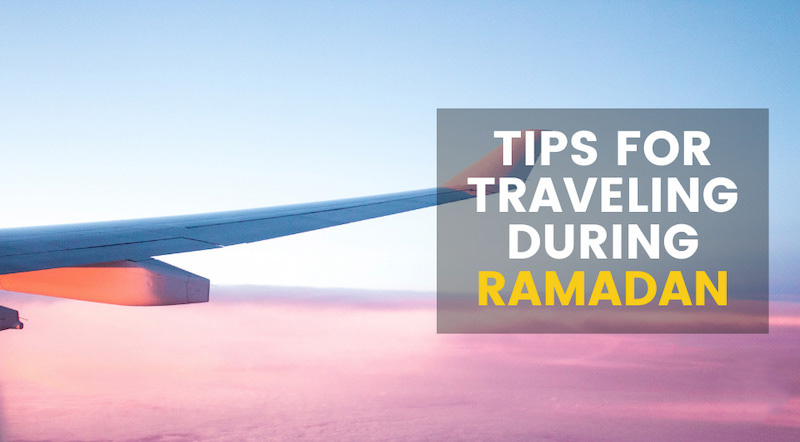
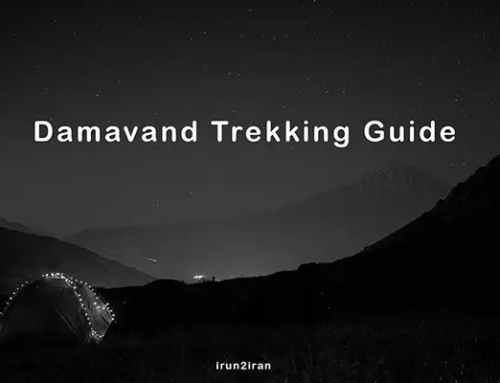

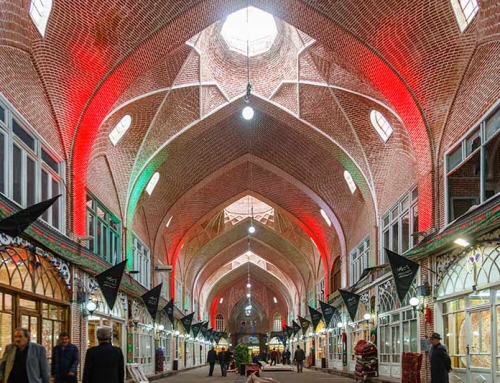
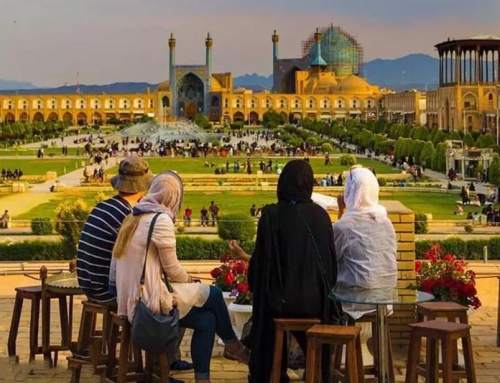
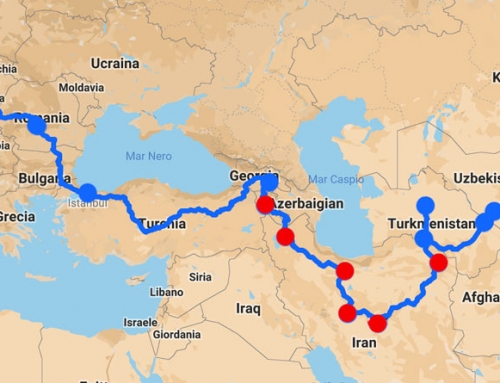
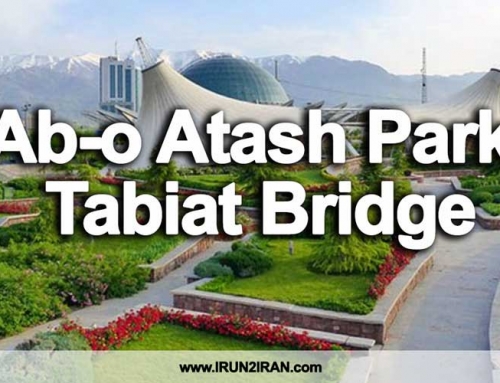
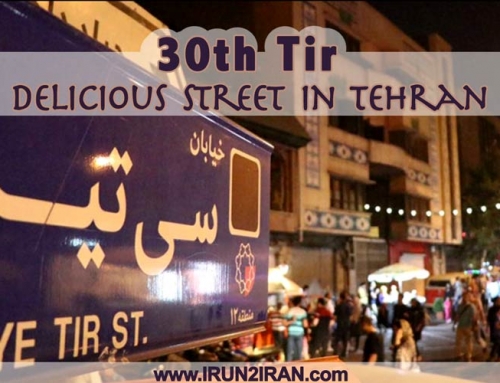
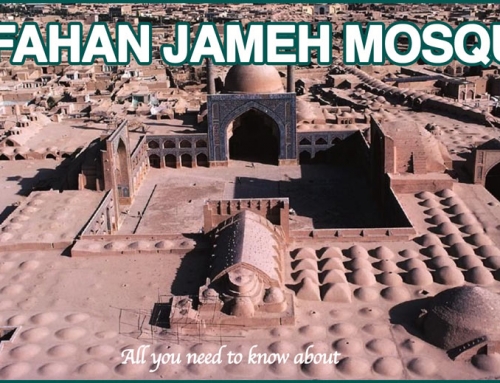
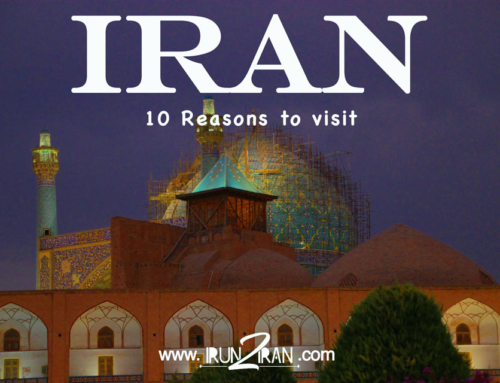
Leave A Comment